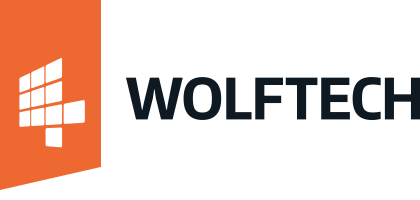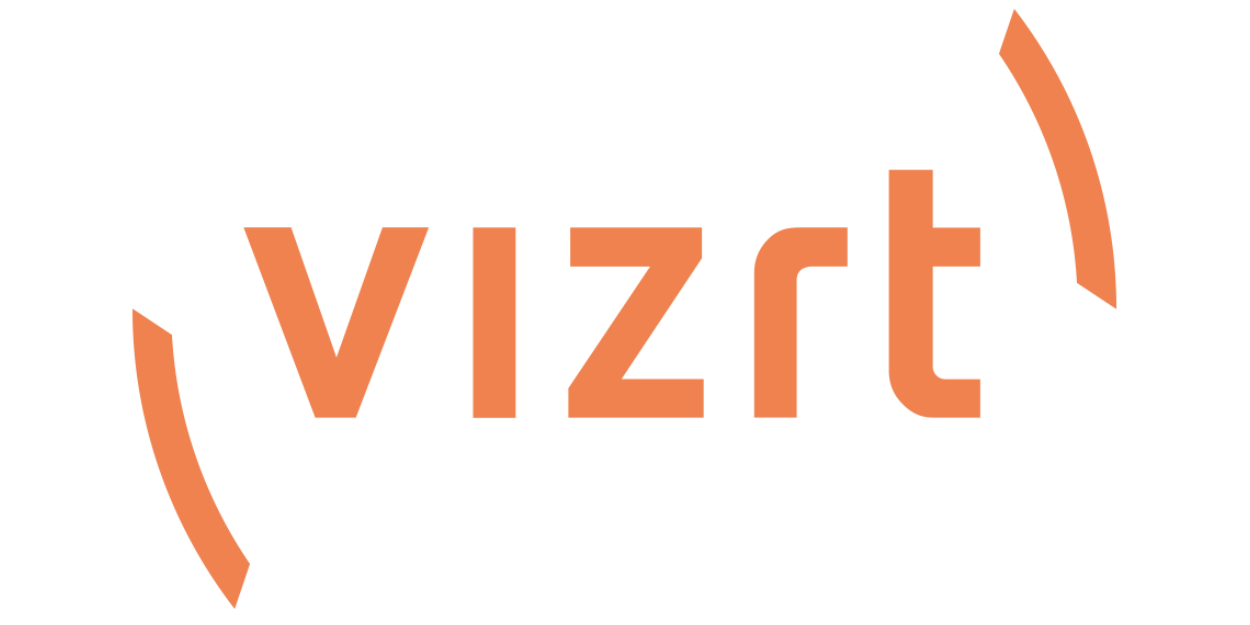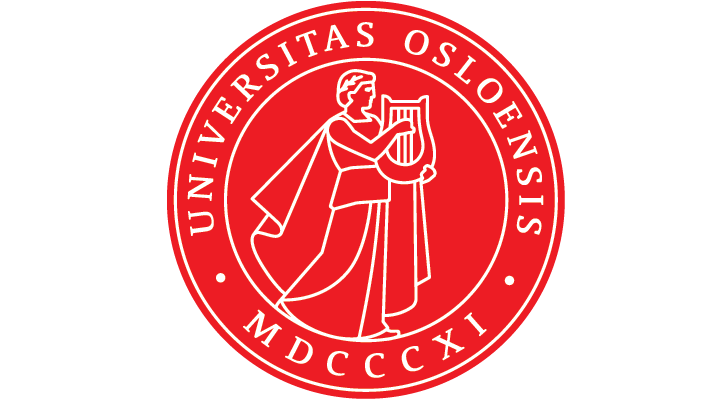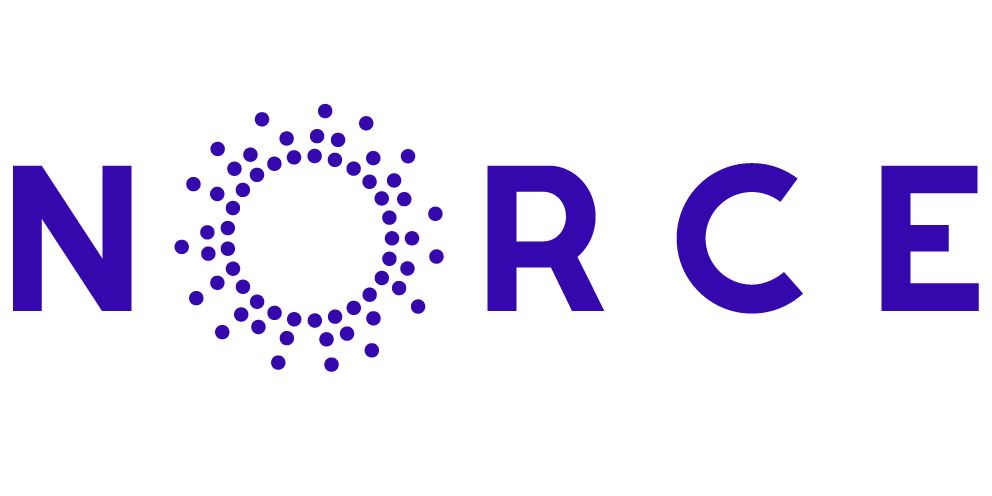About us
Publications
Publications from 2020 and before are not direct results of the SFI MediaFutures, but are key results from our team members working on related topics in MediaFutures.
2020
Web Table Extraction, Retrieval, and Augmentation: A Survey Journal Article
In: ACM Transactions on Intelligent Systems and Technology (TIST), vol. 11, no. 2, pp. 1-35, 2020, (Pre SFI).
2018
Ad Hoc Table Retrieval using Semantic Similarity Conference
Proceedings of The Web Conference 2018 (WWW’18), 2018, (Pre SFI).
Find us
Lars Hilles gate 30
5008 Bergen
Norway
Contact us
MediaFutures
Office@mediafutures.no
Responsible Editor:
Centre Director Prof. Dr. Christoph Trattner
Christoph.Trattner@uib.no
Copyright © University of Bergen 2024






